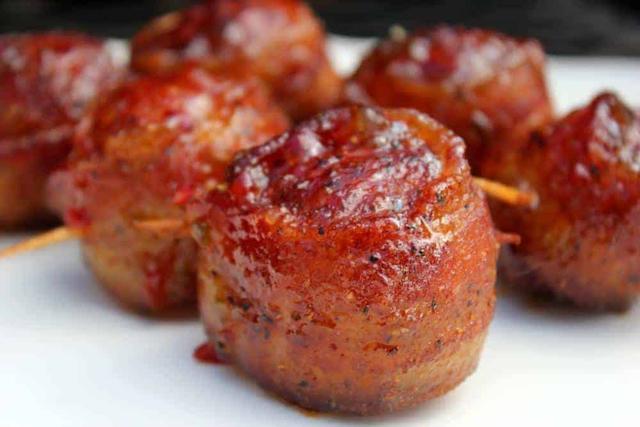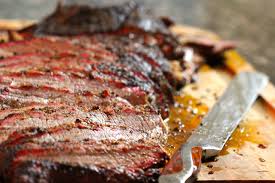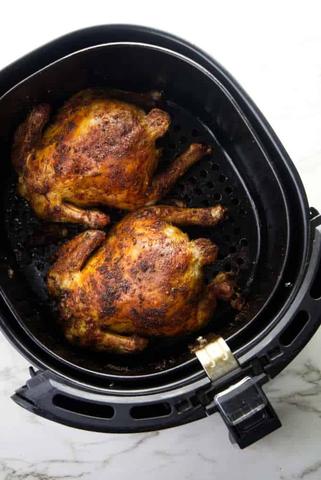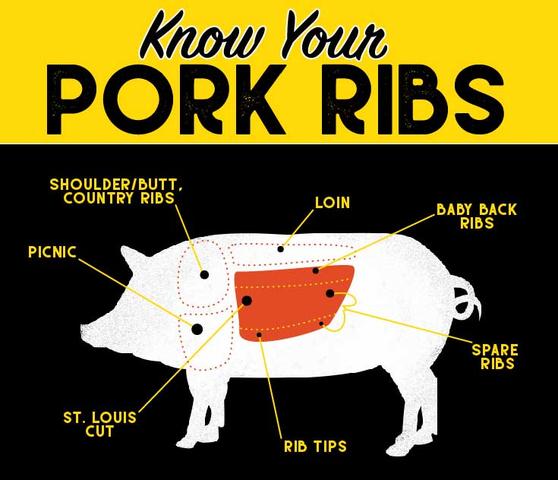Tofu tastes bland and slightly nutty. It absorbs the flavors of the ingredients it’s cooked with.
Tofu, made from soybeans, is a versatile plant-based protein. It comes in various textures: silken, soft, firm, and extra-firm. Each type suits different culinary applications. Silken tofu is perfect for smoothies and desserts. Firm tofu works well in stir-fries and grilling.
It’s a staple in vegan and vegetarian diets. Tofu is low in calories and rich in protein. It also contains essential amino acids, iron, and calcium. This makes it a nutritious choice for many. Due to its neutral taste, tofu easily adapts to various cuisines. Whether marinated or seasoned, tofu complements a wide range of dishes.
Basic Flavor Profile
Tofu is a versatile food made from soybeans. Its flavor profile is often described as subtle and mild. This makes tofu an excellent canvas for various dishes. Let’s explore its basic flavor profile in more detail.
Subtle And Mild
Tofu has a very subtle and mild flavor. It doesn’t overpower other ingredients. This makes it perfect for absorbing the flavors of spices and sauces. Many people describe tofu as having a slightly nutty or beany taste. But it’s generally very neutral.
The mildness of tofu allows it to blend well in many recipes. It can be used in savory dishes and even desserts. This makes it a popular choice in many cuisines worldwide.
Adaptable Taste
One of the best qualities of tofu is its adaptable taste. It can take on the flavors of the ingredients it’s cooked with. This means you can create endless flavor combinations with tofu.
Here are a few ways to enhance tofu’s flavor:
- Marinate it in soy sauce, garlic, and ginger.
- Cook it with curry spices for a rich, aromatic dish.
- Add it to soups and stews to absorb the broth’s flavors.
- Blend it into smoothies for a creamy texture without altering the taste.
This adaptability makes tofu an excellent ingredient for creative cooking. Whether you prefer sweet or savory, tofu can fit into your meal plan seamlessly.
Texture Variations
Tofu is a versatile food with a variety of textures. These textures can significantly affect its taste and culinary applications. Here, we’ll explore the texture variations of tofu, focusing on Silken Tofu and Firm Tofu.
Silken Tofu
Silken tofu is smooth and creamy. It has a high water content. This type of tofu often breaks apart easily.
- Best Used In: Smoothies, desserts, and soups.
- Texture: Soft and silky, almost like a custard.
- Taste: Mild and slightly sweet.
Firm Tofu
Firm tofu holds its shape well. It has a lower water content compared to silken tofu. This makes it denser and more substantial.
- Best Used In: Stir-fries, grilling, and frying.
- Texture: Chewy and dense, similar to meat.
- Taste: Mild but easily absorbs flavors from marinades and sauces.
Understanding these texture variations can help you choose the right tofu for your dish. Experiment with both types to discover your favorite way to enjoy tofu!
Cooking Methods
Tofu is versatile and absorbs flavors from its surroundings. This makes it a favorite in many kitchens. Depending on the cooking method, tofu can have various textures and tastes. Here, we’ll explore grilling, baking, frying, and steaming tofu.
Grilling And Baking
Grilling tofu gives it a smoky flavor. It becomes slightly crispy on the outside while staying tender inside. To grill tofu, cut it into thick slices. Marinate it in your favorite sauce. Then, place it on the grill for about 5-7 minutes on each side.
Baking tofu creates a chewy texture. It’s great for adding to salads or bowls. To bake tofu, preheat your oven to 400°F (200°C). Cut tofu into cubes and toss with oil and spices. Spread the tofu on a baking sheet and bake for 25-30 minutes, turning halfway through.
Frying And Steaming
Frying tofu makes it crispy and golden. It’s a popular choice for stir-fries and appetizers. To fry tofu, cut it into small cubes. Heat oil in a pan and add the tofu pieces. Fry until all sides are golden brown. Drain on paper towels to remove excess oil.
Steaming tofu keeps it soft and moist. This method is often used in soups and delicate dishes. To steam tofu, cut it into large chunks. Place the tofu in a steamer basket over boiling water. Steam for about 10 minutes until heated through.
| Cooking Method | Texture | Best For |
|---|---|---|
| Grilling | Slightly crispy outside, tender inside | BBQs, sandwiches |
| Baking | Chewy | Salads, bowls |
| Frying | Crispy, golden | Stir-fries, appetizers |
| Steaming | Soft, moist | Soups, delicate dishes |
Flavor Pairings
Tofu is a versatile ingredient with a subtle taste. It absorbs flavors well, making it a favorite in many cuisines. Pairing tofu with the right flavors can elevate its taste significantly.
Spices And Herbs
Spices and herbs add depth to tofu’s flavor. Here are some popular choices:
- Garlic: Adds a strong, savory taste.
- Ginger: Provides a warm, spicy kick.
- Turmeric: Gives a mild, earthy flavor and a golden color.
- Cumin: Adds a smoky, nutty taste.
- Rosemary: Infuses a piney, woodsy aroma.
- Basil: Adds a sweet, peppery note.
Sauces And Marinades
Sauces and marinades can transform tofu into a flavorful delight. Here are some options:
| Sauce | Flavor Profile |
|---|---|
| Soy Sauce | Salty and umami-rich. |
| Teriyaki Sauce | Sweet and savory. |
| Peanut Sauce | Nutty and slightly sweet. |
| BBQ Sauce | Smoky and tangy. |
| Chili Sauce | Spicy and tangy. |
Marinating tofu enhances its flavor. Here are some marinade ingredients:
- Soy Sauce: Adds depth and umami.
- Lime Juice: Provides a tangy zing.
- Olive Oil: Adds richness and helps absorption.
- Honey: Brings a touch of sweetness.
- Garlic Powder: Adds a robust, savory flavor.
Try different combinations to find your favorite pairings. Experimenting with various flavors can make tofu a delicious staple in your meals.
Regional Differences
Tofu is a versatile food enjoyed worldwide. Its taste varies regionally due to different preparation methods and ingredients. In this section, we’ll explore how tofu is used in both Asian and Western cuisines.
Asian Cuisine
In Asian cuisine, tofu is often seen as a staple. It is used in a variety of dishes, ranging from soups to stir-fries. Tofu in Asia often absorbs the flavors of the spices and sauces used in cooking.
Japanese cuisine features tofu in dishes like miso soup and agedashi tofu. The tofu is typically soft and silken, soaking up the umami of the broth.
In Chinese cuisine, tofu can be found in dishes like mapo tofu and hot pot. It is usually firmer and holds its shape well, making it ideal for these hearty dishes.
Korean cuisine includes tofu in soondubu jjigae, a spicy tofu stew. Here, the tofu is soft and blends well with the spicy broth, creating a comforting dish.
| Country | Common Dish | Tofu Texture |
|---|---|---|
| Japan | Miso Soup | Silken |
| China | Mapo Tofu | Firm |
| Korea | Soondubu Jjigae | Soft |
Western Cuisine
In Western cuisine, tofu is often used as a meat substitute. It is popular in vegan and vegetarian dishes, adding protein and texture.
Salads frequently include tofu for its nutritional benefits. It is usually grilled or baked, giving it a firm texture and a slightly smoky flavor.
In scrambles, tofu mimics the texture of scrambled eggs. It is often seasoned with spices like turmeric to add color and flavor.
Smoothies sometimes use silken tofu for added creaminess. It blends well with fruits and other ingredients, making a nutritious drink.
- Salads: Grilled or baked tofu, firm texture.
- Scrambles: Seasoned tofu, mimics scrambled eggs.
- Smoothies: Silken tofu, adds creaminess.
Common Misconceptions
Many people have the wrong idea about tofu. They think it’s bland and boring. These common misconceptions can stop you from trying this amazing food. Let’s clear up some of these myths.
Blandness Myth
People often say tofu tastes bland. But that’s not true. Tofu absorbs flavors like a sponge. You can marinate it with soy sauce, garlic, or any spice. This makes tofu delicious and full of flavor.
Tofu comes in different types. There’s firm, soft, and silken tofu. Each type has its own unique texture. Firm tofu is great for grilling and frying. Soft tofu is perfect for soups and stews. Silken tofu is best for smoothies and desserts.
Nutritional Misunderstandings
Some think tofu lacks nutrients. This is another myth. Tofu is rich in protein, iron, and calcium. It’s a healthy choice for everyone, including kids.
Here’s a quick look at the nutrients in tofu:
| Nutrient | Amount per 100g |
|---|---|
| Protein | 8g |
| Iron | 1.6mg |
| Calcium | 350mg |
Tofu is also low in calories. It’s perfect for a healthy diet. Many athletes and fitness lovers enjoy tofu. They love its high protein and low fat content.
Tofu is also cholesterol-free. This makes it great for heart health. It can be a fantastic part of a balanced diet.
Try tofu in your next meal. You’ll be surprised by its flavor and nutrition.
Frequently Asked Questions
What Does Tofu Taste Like?
Tofu has a mild, neutral taste. It can absorb flavors from spices and sauces. Its texture varies from soft to firm.
How Do You Cook Tofu To Taste Good?
Cooking tofu with marinades, spices, or sauces enhances its flavor. You can stir-fry, bake, or grill it for best results.
Is Tofu Bland?
Tofu can be bland if not prepared correctly. Seasoning and marinating tofu can enhance its flavor significantly.
Does Tofu Taste Like Chicken?
Tofu doesn’t taste like chicken naturally. However, it can mimic chicken’s texture and absorb flavors from chicken seasonings.
Conclusion
Tofu’s taste is mild and adaptable, making it a versatile ingredient. Its ability to absorb flavors enhances any dish. Whether grilled, stir-fried, or blended, tofu offers endless culinary possibilities. Experiment with different recipes to discover your favorite tofu preparation. Enjoy its unique texture and taste in your next meal.
Learn More About Grilling
If you want to learn more about grilling, check out these other helpful resources!










